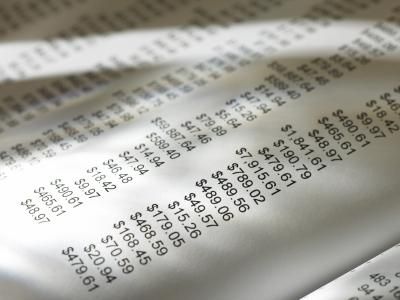Overview Data in real-world situations doesn’t always fall into neat linear relationships. The actual values may be plotted in a scatterplot. Trend lines approximate the direction and size of the…
read moreOverview Descriptive statistics are measurements of a data set that summarize information about the raw scores. Some types include distributions of scores, measures of central tendency, and measures of variability.…
read moreOverview: Relative frequencies refer to estimates of probabilities taken from actual data. Suppose that a survey of 1000 voters is taken and 213 of them state that they are going…
read moreOverview: When data points are plotted onto a standard graph, that is only the first step in determining the nature of the relationship. The next step is to determine if…
read moreOverview: Raw data from any series of measurements, such as test scores, heights, or sales figures, usually needs to be organized in some way before it can be used. One…
read moreOverview: What Is a Confidence Interval? Unless the population is small enough to determine each member, researchers cannot know the exact value of the population mean. However, using statistical techniques,…
read moreOverview: What Is the Normal Curve? The normal curve is a frequency distribution with special statistical properties. The best-known application of the normal curve is the distribution of intelligence as…
read moreOverview: What Is A Frequency Distribution? A frequency distribution can yield a lot of information about the results of an experiment or survey, even before any more complex statistical analysis…
read more

